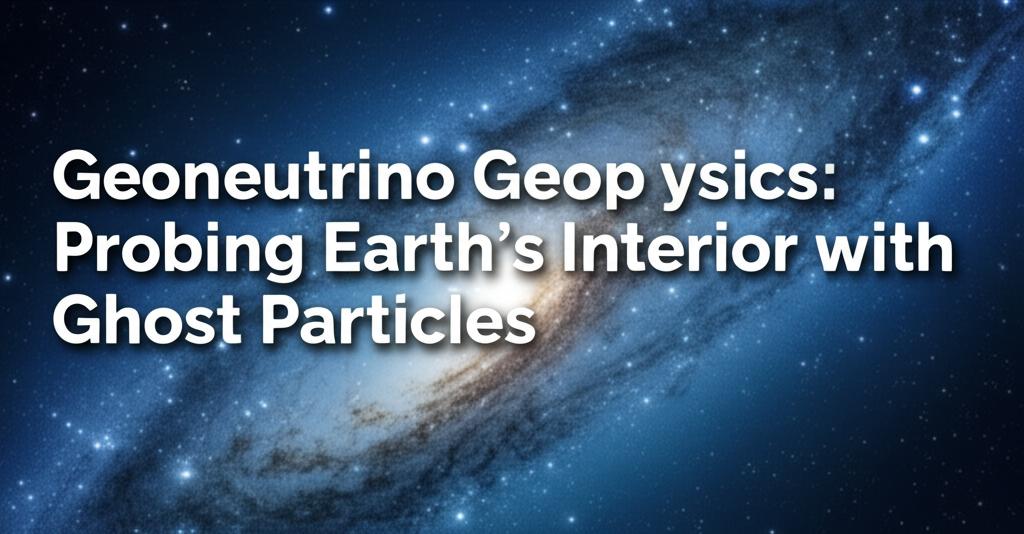For decades, scientists have grappled with fundamental questions about our planet's engine. What fuels the immense heat within Earth's core and mantle, driving plate tectonics, generating our protective magnetic field, and causing volcanic eruptions? While radioactive decay of elements like uranium, thorium, and potassium has long been theorized as a primary heat source, directly measuring this contribution has been a monumental challenge.
Enter geoneutrinos. These subatomic particles are byproducts of nuclear decay processes occurring deep within the Earth. Unlike other particles, neutrinos interact very weakly with matter, allowing them to travel unimpeded from their birthplace in the mantle and core to detectors on the surface. By capturing and analyzing these fleeting messengers, scientists can essentially "X-ray" the planet's radioactive heat sources.
The technology behind detecting these ghostly particles is nothing short of extraordinary. Giant detectors, often located deep underground to shield them from cosmic ray interference, are filled with thousands of tons of liquid scintillator. When a geoneutrino, by an incredibly rare chance, interacts with a proton within the scintillator, it produces a distinctive pair of light flashes. These faint signals are then picked up by an array of highly sensitive light sensors.
Recent advancements in detector technology and data analysis have led to increasingly precise measurements. Scientists are now able to not only confirm that radioactive decay is a significant contributor to Earth's heat budget but also begin to map the distribution of these heat-producing elements. This provides crucial insights into the planet's formation, evolution, and ongoing geological activity.
For instance, by comparing geoneutrino fluxes measured at different locations, researchers can test models of mantle convection and the composition of Earth's hidden layers. Do uranium and thorium reside predominantly in the crust, or are they more widely distributed throughout the mantle? Is there a hidden reservoir of radioactive elements deep within the planet? Geoneutrinos hold the keys to unlocking these long-standing geological mysteries.
Furthermore, the study of geoneutrinos isn't just about understanding Earth's current state; it also offers a glimpse into its past and future. The amount of radiogenic heat influences the planet's cooling rate, which in turn affects everything from the longevity of our magnetic field to the intensity of volcanic and tectonic activity.
The field of geoneutrino geophysics is still relatively young, but its potential is immense. As detector capabilities improve and new experimental sites come online, we can expect an even clearer picture of our planet's inner workings. These "ghost particles," once purely theoretical, are now powerful probes, offering a unique window into the fiery heart of Earth, revealing the processes that shape our world from the inside out. The journey to understand our planet's deep secrets is far from over, and geoneutrinos are lighting the way.

